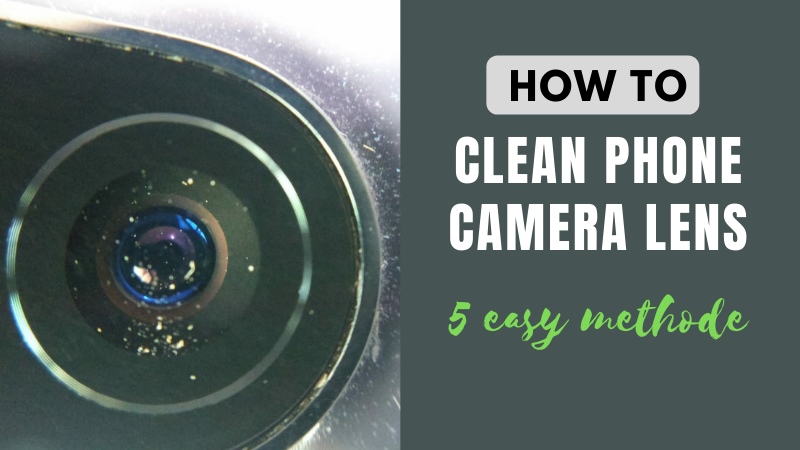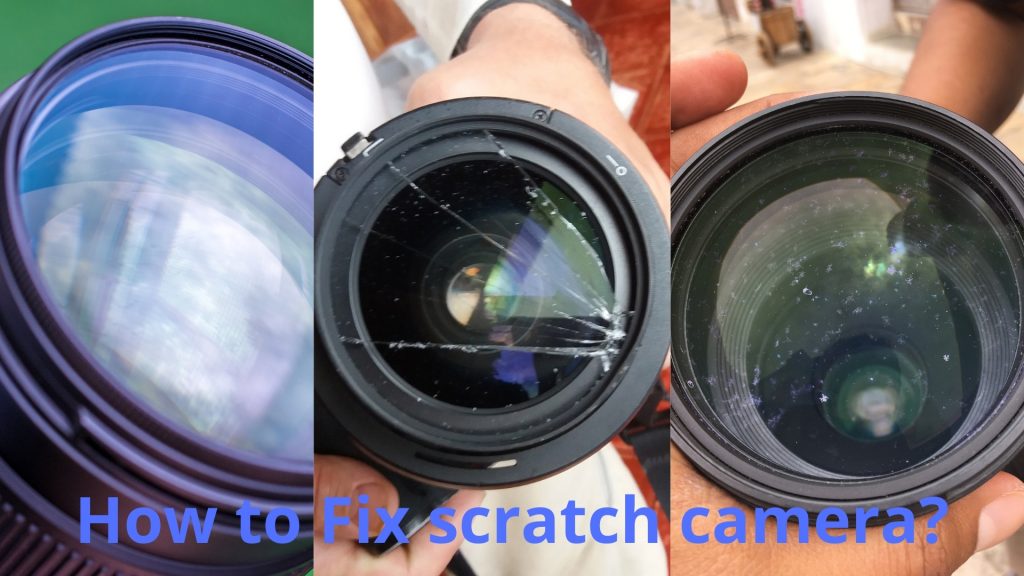Using recessed lighting, you can completely change the appearance of any room in your home. The design should come first, whether you are planning a remodel or just changing your lighting. If you want to do something with recessed lighting, first decide what kind of lighting you want to use, how to present it, and if you have enough space to accommodate your plans. In this article, we will guide you on how to install recessed lighting with attic access.
Before hanging the recessed lights, you’ll need to mark the holes where they will go. From the main floor, you can cut your holes with a keyhole saw, or from the attic, with a power saw. This will help ensure that the circuit that your recessed lights are on can handle the additional wattage they will be using. You may want to hide your undercabinet light. Know more on how to hide undercabinet lighting wires?
It’s not an easy job. First, there are a number of steps that you must follow to ensure that the job is done correctly. To avoid accidents or possible electrical overload, it is important to follow the steps. You should also make sure that your lights are compatible with the insulation in your attic. This type of recessed lighting has the potential to become dangerously hot and even cause fires.
Recessed Lighting Installation With Attic Access From The Attic
Step 1
- Remember to turn off the electricity in the room you are working in before you start. Shut off the circuit breakers or fuse boxes by simply flipping a switch in their off position.
- Before touching anything, use your ohmmeter to check that the electricity is off. It’s always better to be on the safe side than the sorry side.
- When replacing a light, turn off the light switch that is connected to the light.
- Assign a specific location for each opening to ensure there is enough room for all of your lights. Six inches is the minimum distance that they should have between each other. Lighting fixtures come with a template so that you can use them.
- Wearing work gloves, a mask, and protective clothing such as long sleeves and long pants can protect you from harmful damages. Because you will be cutting into drywall and using sharp tools.
- In the middle of each outline, you drew on the ceiling, make a hole with a drill. When making a hole, assure that there will be nothing in your way.
- Keyhole saw hole attachment on your drill or Sawzall are all good options for cutting around the outline you drew.
Step 2
- In the attic, run the lighting cable. From the power source to the switch box, you will need NM-B (non-metallic) wire. At least a foot of extra cable is also recommended for easy installation.
- If you have a circuit breaker or fuse box, you will need to run the cable to that location, clamping it in place.
- You’ll need to remove 0.5 inches of insulation to expose the wiring underneath.
- In order to remove the insulation from each of these wires, you’ll need to strip 0.5 inches of it with the wire stripper.
- Securely connect the wires to their corresponding colors using UL-approved wire connectors. Wires of the same color should be matched, as should those of the same color. You can either use ground wire as a green or bare wire.
- Close the circuit box after carefully inserting the wires.
- Create a hole from below and slide a small can light through it from the attic, then slide it into the hole you created from below.
- Verify that the can’s clips are securely attached to the ceiling if there are any clips on the ceiling. The spring hooks can be used on the connectors inside the housing if you don’t have a cable.
- Ensure that all the wiring is connected before returning to the main room.
- Plugin the light bulbs and turn the power back on so you can check that if it still works.
Recessed Lighting Installation With Attic Access From The Main Floor
As an alternative to working in the attic space, you can still install the recessed lighting on your main floor. Ideally, you’ll want to make sure there’s nothing blocking your path in the attic before you start. Please cut at an angle so as not to cut any wiring that may be above.
Step 1
- Shut down your main circuit breaker or fuse box. Your entire house does not have to be turned off, just the rooms you are rewiring.
- Although you know the power has been turned off, you should still check the wires to make sure that the power has been turned off. Double-checking pays off.
- Turn off the position of the wall switch.
- You can also use the template that came with the fixtures to mark the openings. Use a stud finder to make sure there is no joist in the area where you plan to install the light fixture.
- Be sure to wear protective clothing, a mask, and work gloves before you begin. A 0.25-inch hole should be drilled in the middle of the opening you drew. You’ll need to check the attic for obstructions.
- Cut the hole where you drew the outline with a Sawzall or keyhole saw. An attachment for your drill can also make the job easier.
- From the power source to the switch box for the first hole, run the NM-B wire. Keep an extra foot of cable on hand to make wiring easier.
Step 2
- The cable should be run to the circuit breaker or fuse box and clamped to the box to complete the circuit.
- In order to reveal the wires underneath, strip the wires of their insulation by about 1/2 inch.
- To remove 1/2 inch of coating from each individual wire, do the same procedure as above.
- You’ll need to match up the colored wires so that they’re all connected together. Alternatively, the ground could be a bare wire or be covered with green insulation.
- Wire connectors must be UL-approved.
- If you have a box, fold the wires inside and close the cover.
- Make sure the clips do not stick out of the sides when you push the housing into the ceiling spot from below.
- It is important to push the light into the housing until it is securely fitted in place. Trigger the clips by pushing them up and out until they click in place.
- You can install the light trim by hooking the springs to it.
- Check that it works by putting in the right size light bulb.
Frequently Asked Questions (FAQ)
If I Cut A Hole In The Wrong Place, What Should I Do About It?
- Put on a mask and eye protection to protect yourself.
- Use any loose drywall or paint.
- Use tacks or cleats to secure a mesh patch from the attic.
- As soon as you’ve returned the downstairs, fill the hole with a joint compound or spackle. In most cases, you will require three coats.
- If necessary, sand the area until it becomes smooth.
- Use a damp cloth to remove dust and paint the spot to match the ceiling.
How To Strip A Wire?
It is possible to strip a wire in three ways. First, make certain that no electricity is flowing through the wires. Do not let yourself be electrocuted.
You can also use a utility knife or scissors if you don’t have wire strippers on hand. By comparing it to its guide on the wire stripper, you can determine what gauge the wire is.
In the wire stripper, insert a wire about 1/2 inch in diameter. Closure and retrieval of the wire are essential. Ideally, you can easily remove and replace the insulation.
Lay the wire down on your workbench or a piece of wood before cutting it with a utility knife. A good place to start for a beginner. Roll up the wire with one hand so that the utility knife can easily cut through the insulation but not go deep enough into the wire to cut it. You can use your fingers or a pair of pliers to remove the insulation.
In case you’re using scissors, open the blades about halfway, insert the wire, and then close the blades. To cut through the insulation, close the scissors just a bit. Then, twist the wire so that it wraps around the entire length of the blade. With your fingers or a pair of pliers, remove the insulation.



